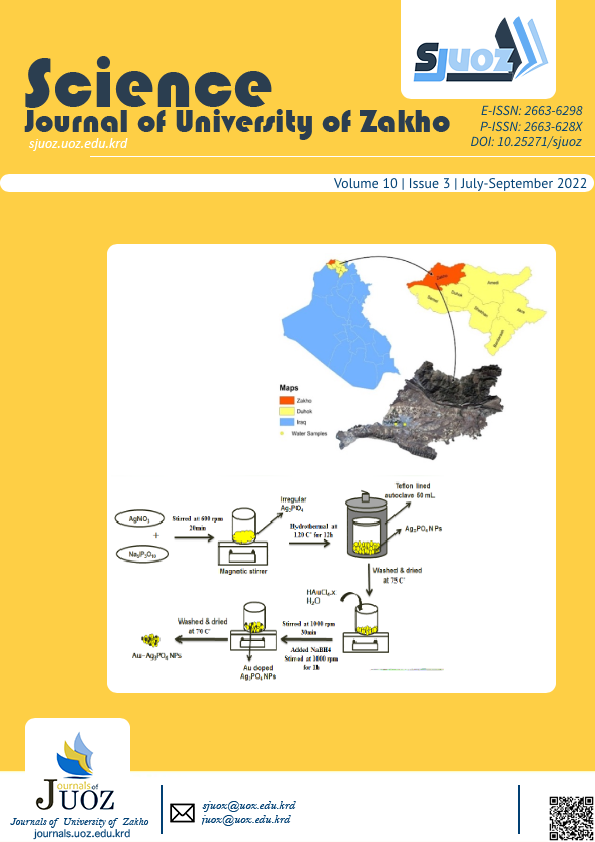The Impact of Virtual Learning Environments on the Digitalization of Higher Education in the Kurdistan Region-Iraq
Abstract
Virtual Learning Environments (VLEs) are open space that allows teachers and students to share resources and interact among learners. Implementing VLE such as Virtual/Augmented Reality and Online Laboratories in higher education systems are become positively valued in educational environments by providing huge applications and experimentations to science and engineering students for increasing their skills by conducting authentic investigations of the physical world through overlaying visual components over physical things and conducting real experiments via the Internet 24/7. Those innovations have enhanced students' enthusiasm and assisted them in developing more vita investigative abilities. Therefore, VLEs applications are becoming necessary to include in the higher education system in Kurdistan Region-Iraq now to allow educators and students and know more about the potential benefits of VLEs in higher education.
For that, this paper shows the status of the Higher Education System and universities in Kurdistan Region-Iraq and how the widely modern technologies (e.g. Online Laboratories and VR/AR Technology) can impact educational approaches to enhance and modernize the quality of Higher Education in the Kurdistan Region-Iraq, digitalization Education system, and elements that can be impacted.
Full text article
Authors
Copyright (c) 2022 Razwan Mohmed Salah

This work is licensed under a Creative Commons Attribution 4.0 International License.
Authors who publish with this journal agree to the following terms:
- Authors retain copyright and grant the journal right of first publication with the work simultaneously licensed under a Creative Commons Attribution License [CC BY-NC-SA 4.0] that allows others to share the work with an acknowledgment of the work's authorship and initial publication in this journal.
- Authors are able to enter into separate, additional contractual arrangements for the non-exclusive distribution of the journal's published version of the work, with an acknowledgment of its initial publication in this journal.
- Authors are permitted and encouraged to post their work online.
